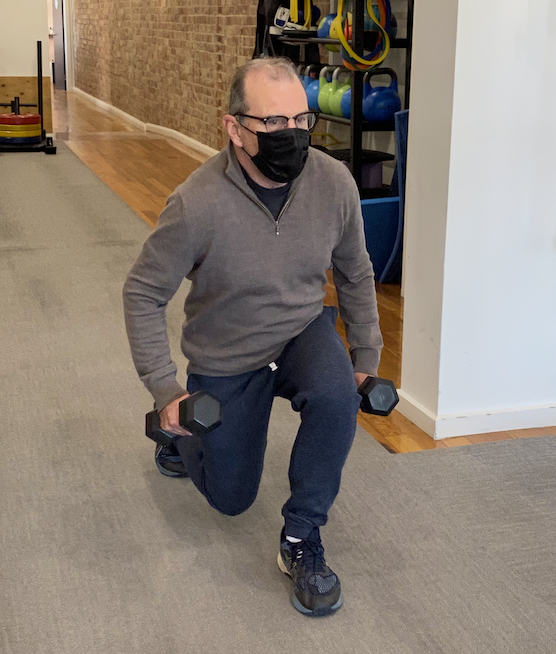What is Parkinson’s?
Parkinson’s is a progressive and irreversible neurological disease that affects movement control. Unfortunately Parkinson’s is the second most common neurodegenerative disease worldwide with incidence and prevalence on the rise along with changing population demographics (1,2)
Risk factors and Prevalence
Aging is a major risk factor for developing Parkinson’s, and its incidence increases with age: In Australia it is estimated that approximately 4 in every 1000 people have Parkinson’s disease. With the incidence increasing to 1 in 100 over the age of 60. In Australia there are approximately 80,000 people living with Parkinson’s disease with 1 in 5 of these people being diagnosed before the age of 50. In Victoria, more than 2,225 people are newly diagnosed with Parkinson’s every year. (7)
Other than aging there is limited known cause of Parkinson’s, possible causes under investigation are:
- Environmental triggers (toxins, chemicals, pesticides)
- Genetic factors
- Head trauma
Signs and symptoms
You may be most familiar with motor symptoms of Parkinson’s disease as they are most evident from the outside. But there are also a number of non-motor symptoms that can sometimes have a major impact on people.
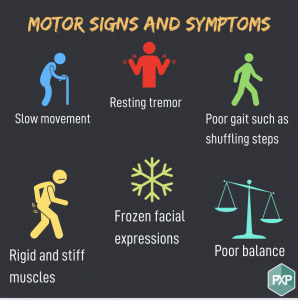
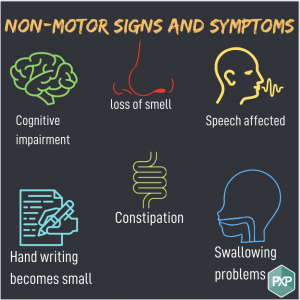
Exercises role in treatment
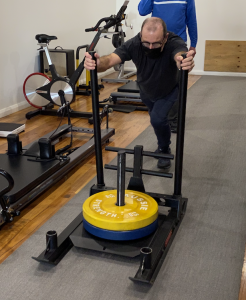
An abundance of research has been able to show exercise is a powerful tre
atment option for Parkinson’s. Research shows that regular exercise is able to impact the following: (4,6)
- Increase muscle strength
- Increase muscle volume
- Increase trunk rotation
- Maintain balance
- Increase mobility
- Increase walking performance
- Improve cardiovascular fitness
- Improve hand eye coordination
- Plus so much more!
Exercise can not reverse or halt symptoms but with most people it is able to improve quality of life and improve ability to perform activities of daily living easier. Early exercise habits are an essential part of overall Parkinson’s disease management.
Studies have also shown that exercise is helpful in reducing the risk of developing Parkinson’s up to 60% (6) and slow down progression of the disease.
Finding the right exercise for you
There is not one exercise that is best fit for the management of Parkinson’s, it is important that the exercise is safe, enjoyable and challenging. Below are common exercise types that are all beneficial to Parkinson’s disease:
- Resistance training
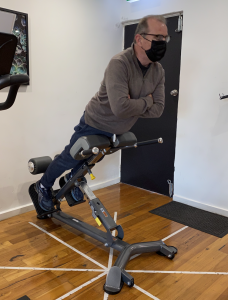
- Walking/hiking
- Tai chi
- Yoga
- Swimming/ water aerobics
- Boxing
- Running
- Cycling
- Dancing
For benefits of exercise it is recommended to participate in the following amount
- Aerobic: 3 days per week, 60min sessions,
- Strength: 3 days per week,
- Flexibility: 1-3 session per week
As well as functional training, making sure to maintain capacity to perform as many ADLs as possible. (6)
Where to start?
It is best to start earlier rather than later, the
best way to achieve benefits is to exercise on a consistent basis. If you are not sure where to begin an Exercise Physiologist can help you with a suitable program.
Written by: Jessica Grigg, AEP
References
- Sveinbjornsdottir, S. (2016). The clinical symptoms of Parkinson’s disease. Journal of Neurochemistry. 139(1), 318-324. https://pubmed.ncbi.nlm.nih.gov/27401947/
- Mercado, G., Valdés, P., Hetz, C. (2013). An ERcentric view of Parkinson’s disease. Trends In Molecular Medicine, 19(3), 165-175. https://pubmed.ncbi.nlm.nih.gov/23352769/
- DeMaagd, G., Philip, A. (2015). Parkinson’s Disease and its management. 40(8) 504-510. https://pubmed.ncbi.nlm.nih.gov/26236139/
- Uhrbrand, A., Stenager, E., Pedersen, M, S., Dalgas, U. (2015). Parkinson’s disease and intensive exercise therapy – a systematic review and meta-analysis of randomized controlled trials. Journal of neurological science. 353. 9-19. https://pubmed.ncbi.nlm.nih.gov/25936252/
- Alberts, J, L., Rosenfeldt, A, B., Lopez-Lennon, C., Suttman, E., Jansen, E., Imrey, P, B. (2021). Effectiveness of a Long-Term, Home-Based Aerobic Exercise Intervention on Slowing the Progression of Parkinson Disease: Design of the Cyclical Lower Extremity Exercise for Parkinson Disease. APTA. 101. 1-10. https://pubmed.ncbi.nlm.nih.gov/34363478/
- Durstine, J., Moore, G., & Painter, P. (2009). ACSM’s exercise management for persons with chronic diseases and disabilities (3rd ed., pp. 350-356). USA: Human Kinetics.
- Parkinson’s disease – Better Health Channel. (2022). Retrieved from https://www.betterhealth.vic.gov.au/health/conditionsandtreatments/parkinsons-disease
- Symptoms of Parkinson’s | Shake It Up Australia Foundation. (2022). Retrieved from https://shakeitup.org.au/understanding-parkinsons/symptoms-of-parkinsons/

